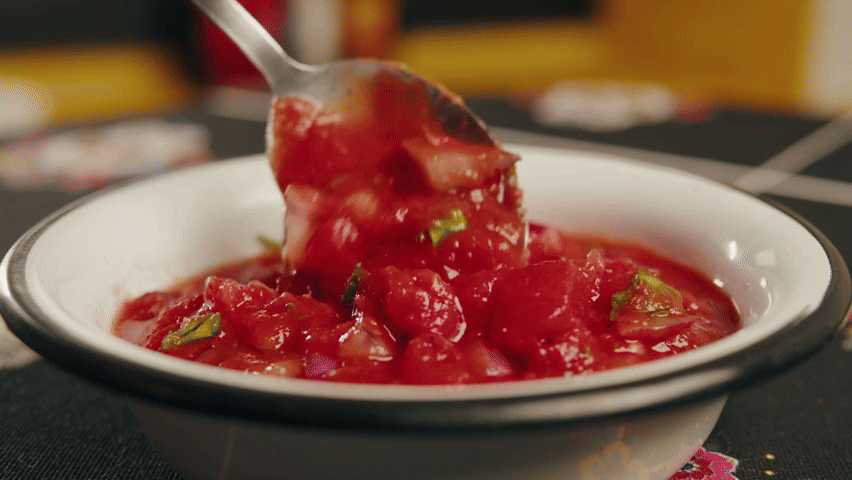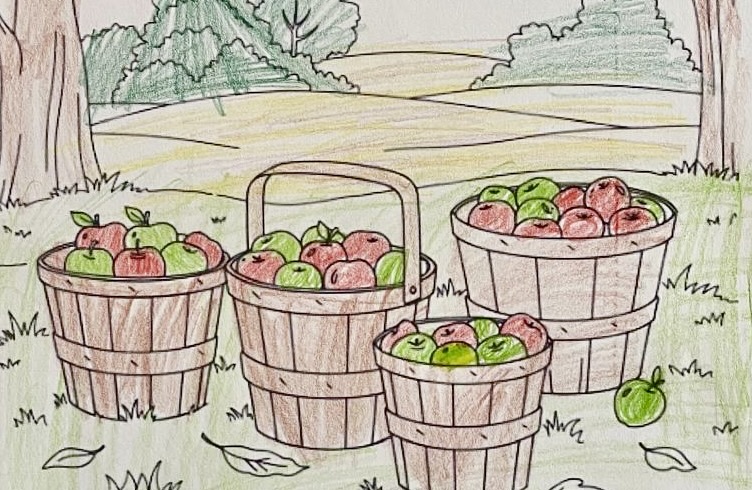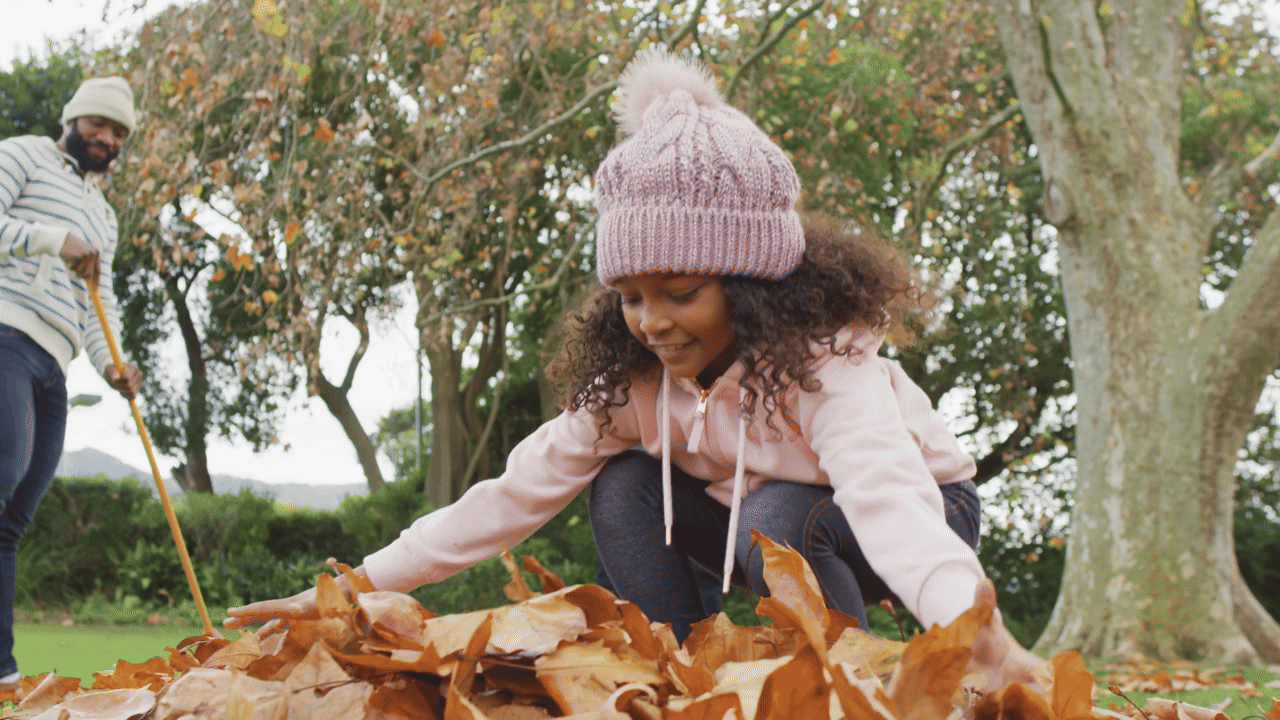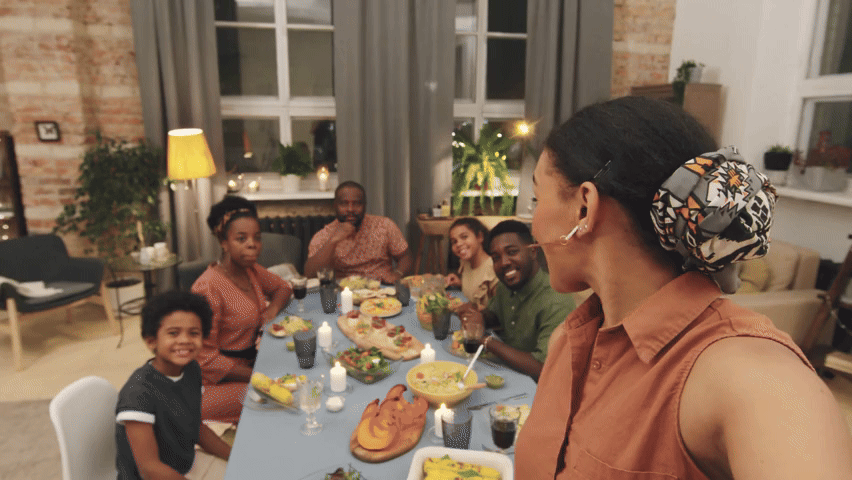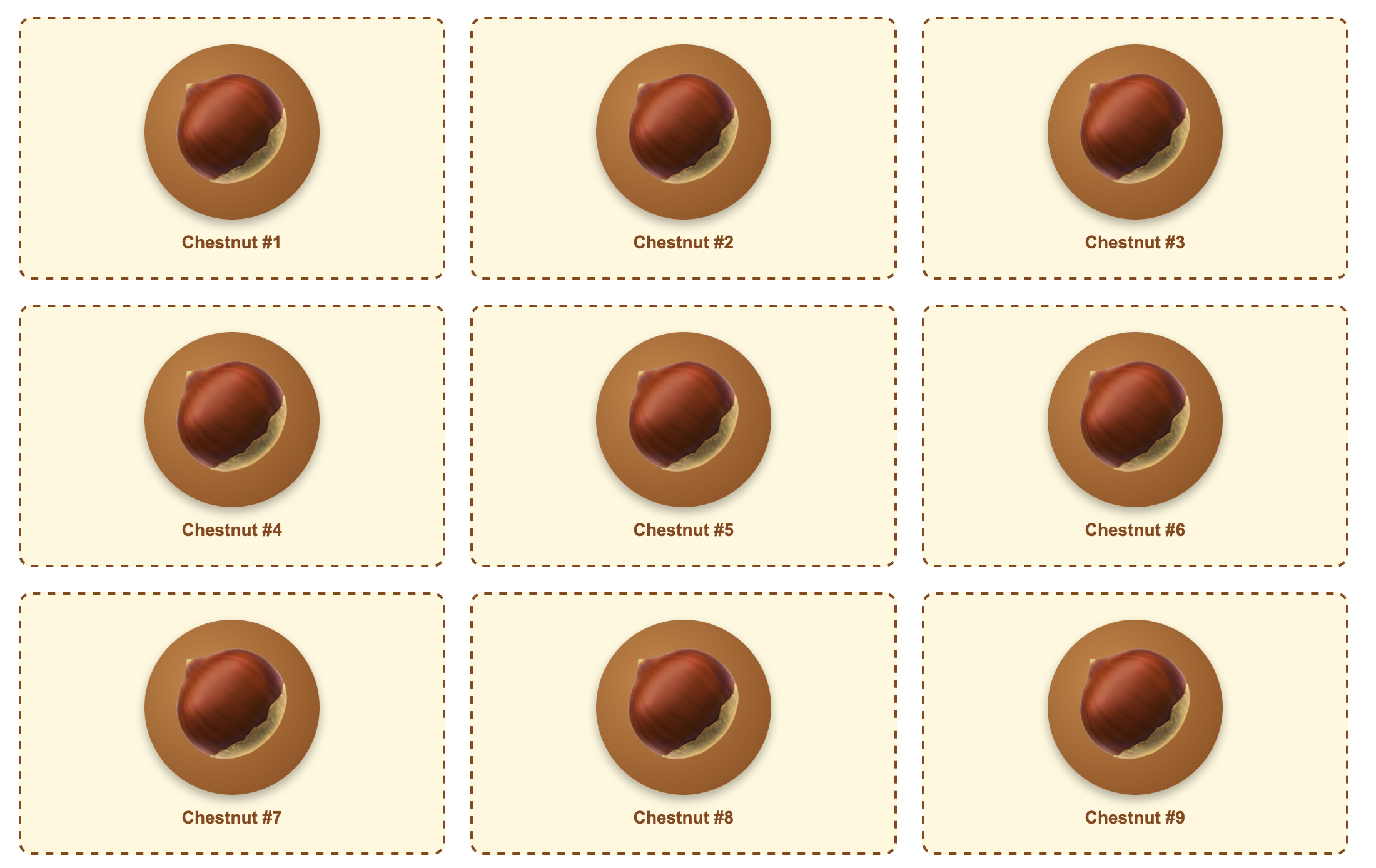
This Month™: October Math Adventures
“To Roast or To Toss?” Chestnut Sorting
Mathober-Inspired Activities for K-5th Grade Classrooms & Families
Activity Overview
Learning Objectives
- Classify objects into categories based on observable attributes (wormy vs. good chestnuts)
- Count objects accurately with one-to-one correspondence
- Compare quantities in different categories
- Practice digital fine motor skills through drag-and-drop interactions
- Make observations and decisions based on visual evidence
Materials Needed
For Classrooms:
- Computer, tablet, or interactive whiteboard with internet access
- Interactive game link (provided below)
- Optional: Printable chestnut cutouts PDF for hands-on sorting
- Optional: Cardstock paper and laminator for durable cutouts
- Optional: Recording sheets for student answers
- Optional: Real chestnuts for tactile extension
For Families:
- Computer, tablet, or smartphone with internet
- 10-15 minutes of focused time together
- Optional: Printable chestnut cutouts PDF for offline play
- Optional: Safety scissors for cutting practice
- Optional: Paper and pencil for recording
Standards/Developmental Alignment
Common Core K.MD.B.3: Classify objects into given categories; count the numbers of objects in each category
Common Core K.CC.B.5: Count to answer “how many?” questions about as many as 20 things
Common Core 1.MD.C.4: Organize, represent, and interpret data with up to three categories
Mathematical Practices MP.2: Reason abstractly and quantitatively
Mathematical Practices MP.6: Attend to precision
Instructions
- Introduce the fall harvest theme and discuss chestnuts. Explain that farmers sort chestnuts to find the best ones for roasting.
- Show the interactive game and explain that chestnuts with small black holes (worm holes) cannot be roasted and must be sorted separately.
- Demonstrate how to drag chestnuts to the correct bins: good chestnuts go to “Good for Roasting” and chestnuts with worm holes go to “Wormy Chestnuts.”
- Allow students/children to sort all 15 chestnuts independently or with a partner.
- After sorting, count the chestnuts in each bin carefully and enter the counts.
- Check answers and discuss: How did you identify worm holes? Did you count accurately?
Extensions/Variations
For Younger Learners (PreK-K):
- Focus on sorting first before counting
- Work with a partner or adult helper
- Count just one category to start
For Advanced Students (2nd-3rd Grade):
- Create word problems based on sorting results: “If 3 more chestnuts were wormy, how many would there be total?”
- Graph class results showing good vs. wormy chestnuts across multiple games
- Calculate simple fractions: “What fraction of chestnuts were wormy?”
- Compare results with a partner: “Who had more wormy chestnuts? How many more?”
Cross-Curricular Connections:
- Science: Research chestnut weevils and their life cycle
- Social Studies: Explore fall harvest traditions in different cultures
- Language Arts: Write a story from the perspective of a chestnut farmer
- Art: Create fall harvest still life drawings featuring chestnuts
Hands-On Extension:
- Bring in real nuts (chestnuts, acorns, walnuts) to sort by type, size, or texture
- Use household items to practice sorting: sort laundry by color, sort toys by type, sort snacks into groups
- Go on a nature walk to collect and sort fall items (leaves by color, acorns by size)
Monthly Connection to Mathober
About This Month™
This Month™ creates timely, standards-aligned activities that connect learning to the calendar. Every activity celebrates seasonal themes, cultural events, and meaningful learning experiences throughout the year—designed for immediate classroom implementation and joyful family learning.
Part of our October Math Adventures series, bringing the spirit of mathematical creativity to young learners through Halloween fun!


